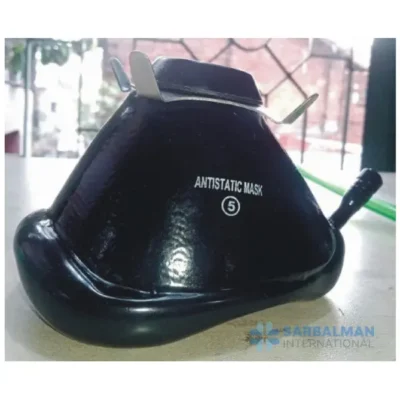Anaesthesia face masks
Free!
An anesthesia face mask is a cushioned, transparent mask that seals over the nose and mouth to deliver oxygen and anesthetic gases or manual ventilation. It connects to standard breathing circuits and comes in sizes from neonate to adult. Buyers choose it for a dependable seal, clear patient visibility, easy handling, and broad compatibility—ideal for induction, short procedures, recovery, and emergency transport.
Description
An anaesthesia face mask is a soft, patient-contact interface used to deliver oxygen and anaesthetic gases, or to provide manual ventilation before, during, and after procedures. The mask forms a gentle seal around the nose and mouth while connecting to an anaesthesia breathing circuit or manual resuscitator. Clear visibility, a cushioned seal, and standardised connectors make it a dependable choice across operating rooms, day-care centers, ICUs, and ambulances.
Key features and benefits:
• Air-cushion seal with an inflation valve for a secure, low-pressure fit that minimizes leaks and skin marks
• Transparent dome to monitor lip color, condensation, vomitus, or blood for patient safety
• Standard conical fittings (commonly 22 mm female and 15 mm on smaller sizes) for wide compatibility with circuits and resuscitators
• Ergonomic finger flanges for a stable grip and precise mask positioning during bag-mask ventilation
• Sizes from neonate to large adult; color-coding simplifies quick selection in emergencies
• Material options: soft PVC for single-use convenience or durable silicone for reusable, autoclavable workflows
• Optional hook ring for head-strap use; scented paediatric variants to reduce anxiety during induction
• Latex-free construction; phthalate-reduced options available for sensitive patients
Typical applications:
• Pre-oxygenation and mask ventilation during induction and emergence from anaesthesia
• Short procedures under mask anesthesia
• Sedation support in endoscopy, dentistry, and minor surgery
• Pre-hospital and inter-facility transport ventilation
Comparison and selection notes:
• Versus an oxygen face mask: an anesthesia mask is designed to form an airtight seal for positive-pressure ventilation, not just oxygen delivery
• Versus supraglottic or endotracheal airways: less invasive and faster to apply, but not as secure for long or high-risk cases—often used for induction or short, low-risk procedures
• Look for products produced under a medical device quality system (e.g., ISO 13485), with biocompatible patient-contact materials (e.g., ISO 10993 testing) and connectors consistent with widely used conical fitting standards (e.g., ISO 5356). Selecting a full size range improves readiness across adult and pediatric care.





